Sept 19, V7N - On September 19, 2024, the U.S. dollar rebounded, long-dated bond yields increased, and Asian stocks rose after the Federal Reserve announced a significant 50-basis-point rate cut. This decision marks the beginning of the Fed's easing cycle, which is expected to be measured and cautious. The benchmark policy rate has now been set at 4.75% to 5.00%.The S&P 500 reached a record high overnight, although it closed slightly lower, while futures for the index rose by 0.67% during the Asian trading session. Nasdaq futures also saw an increase of 1%. Notably, Japan's Nikkei index surged by 2.5%, and stock markets in Australia and Indonesia hit record highs.
Bond Market and Currency Movements
Following the Fed's announcement, the dollar initially fell to a two-and-a-half-year low against the pound but quickly recovered, rising nearly 1% to 143.55 yen and stabilizing at $1.1097 against the euro. Ten-year Treasury yields climbed nearly eight basis points to 3.719%. Meanwhile, gold prices reached a record high just below $2,600 an ounce before settling at $2,559.The Fed's rate cut is anticipated to stimulate spending and bolster the U.S. economy, potentially encouraging other central banks to follow suit. BNZ strategist Jason Wong noted that the focus should be on the Fed's future path rather than the size of the cut itself, emphasizing that the economy remains in good shape.
Regional Market Developments
In Asia, the MSCI index for shares outside Japan rose by 0.3%, with Hong Kong and China experiencing broad gains amid expectations of increased stimulus from Beijing following the Fed's actions. Conversely, South Korean markets faced challenges, particularly in the semiconductor sector, after a negative report from Morgan Stanley led to significant declines in chip stocks like SK Hynix and Samsung.As oil prices fell slightly, with Brent crude futures down 0.3% to $73.42 a barrel, the broader implications of the Fed's decision are being closely monitored, especially as other central banks, including the Bank of England and the Bank of Japan, prepare for their upcoming policy meetings. The Bank of England is expected to maintain its rate at 5%, while the Bank of Japan is anticipated to hold steady but may signal future rate hikes.
END/BUS/RH/



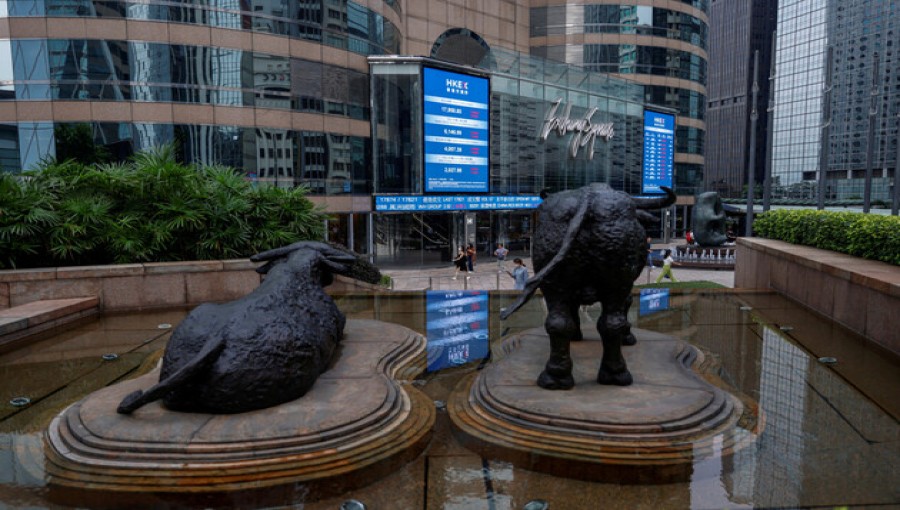
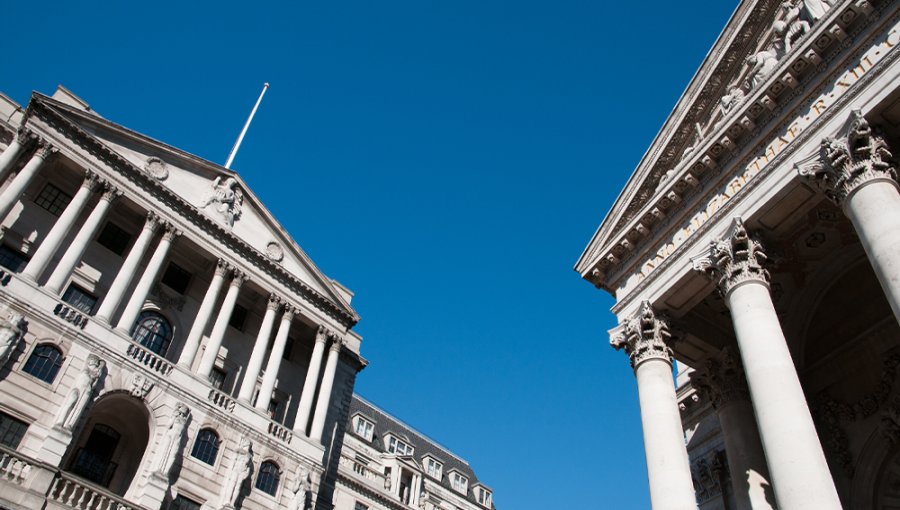

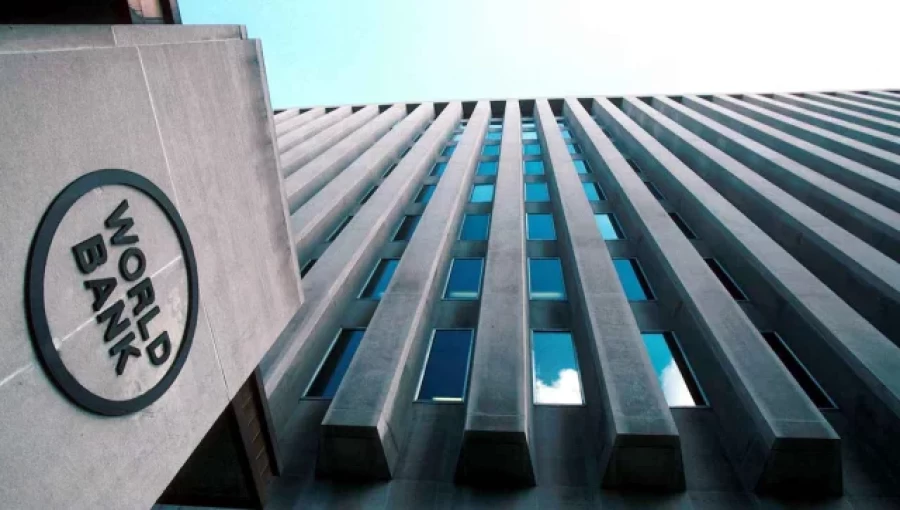

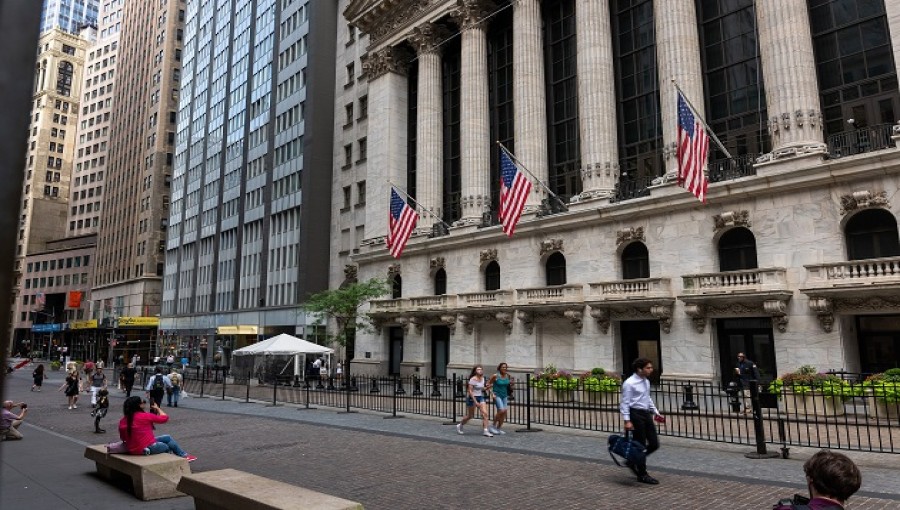









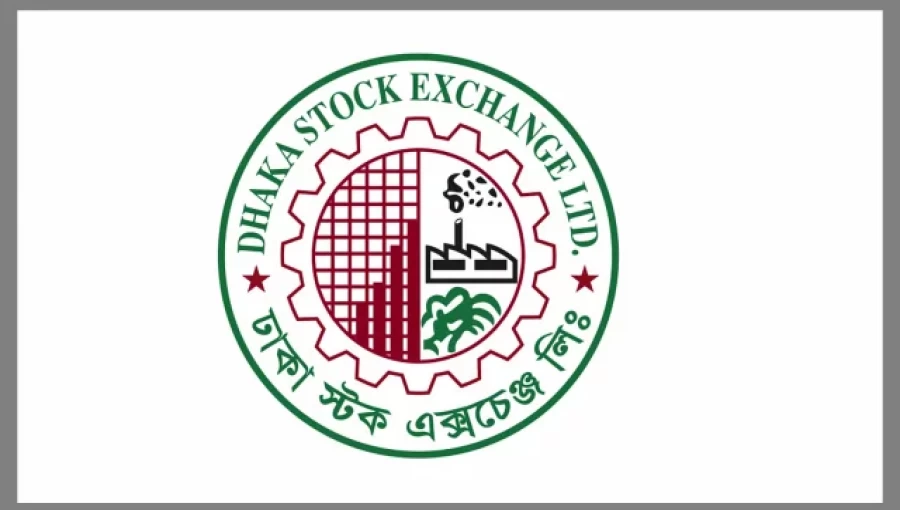











Comment: